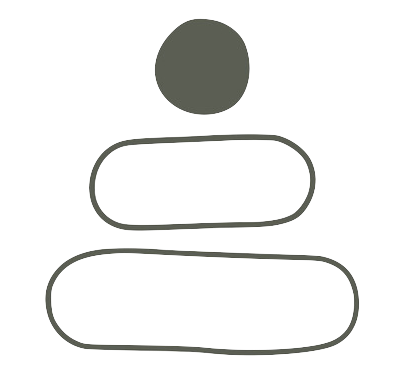Levels of Qigong Practice
A while ago I was attending a workshop run by one of my Chinese teachers, who asked:
On a scale of 1 to 10, what is your level of qigong?
I remember thinking; I guess I’m around a 7, but then he went on to say:
…considering level 6 is enlightenment
Needless to say, my score dropped significantly…
Without knowing the potential of qigong, it’s very easy to get stuck in an idea that we are already adept and further along than we are, and while there are pitfalls that exist in defining levels of practice, it’s important to take time to recognise what our practice represents on any given day.
I say ‘any given day’ because we don’t simply reach a level and stay there. It’s completely possible for someone with significant experience to gain benefit from revisiting the lowest, physical level of practice, and conversely, someone who is just starting on their qigong journey may have experiences from the higher levels of practice.
When I refer to the pitfalls of defining the levels of practice, I’m not only referring to the fact that the levels can be defined in multiple ways, but also the natural tendency that exists to want to progress and consider ourselves to be good at things. This part of us will try and justify our experience as being of a higher level of practice than it actually is and this may lead us into problems associated with trying to operate at too high a level.
So with this in mind, here is a breakdown of the levels of practice:
-
Physical
The lowest level of practice is the one in which we engage in the practice on a purely mechanical basis. This may be simply trying to remember the sequence of movements or it could be bringing focus into the physical accuracy of the movement. In many ways, this is not even qigong, this is just movement.
-
Body and Mind
Within qigong there is a saying: ‘Yi Dao Qi Dao’. this loosely translates as where the mind goes, the qi follows. This then leads to the question: If the mind is not engaged, how can you be working with qi?
The first point at which we can really call the practice qigong is at the point at which the movement either has meaning or the moment at which the movement helps the mind to empty. This moment at which the body and mind unite in practice is the point at which we actually start practising qigong. -
Dualistic Practice
In order for qigong to be transformative we need to notice what can be changed. Without a fresh perspective, it’s difficult to see our patterns and, to this end, it’s important that we can engage in an awareness of what is within and what is without. Ironically, in order to understand the oneness that exists at the core of most qigong systems, we must engage in duality. It’s this space that helps us to understand the nature of both our own experience and bigger picture, it’s this experience that helps us to recognise our own narratives.
-
Directing Qi
Once our awareness of our internal space has developed, we can start to direct qi into different structures and functions of the body. From using qi for basic self healing through to recognising more and more subtle areas of the body in which qi is stagnant and unmoving, the techniques that direct qi can help us to transform. This comes with its own dangers as we need to be mindful of what we are actually directing qi to, it’s all too easy to reinforce self limiting beliefs with practice so the best advice is to hold things lightly.
-
Internal Harmony
When all the internal functions within the body are working effortlessly together, we can experience a state of internal harmony. This is neither the comfort that comes from blind ignorance nor the false harmony that arises from effort. This is a natural, relaxed state when the physical, emotional and energetic aspects come into harmony with no effort.
-
Oneness
Oneness could be considered the doorway into the enlightened states. It’s an awareness of complete equality. Equality between everything, an experience of the intrinsic connection that exists between all things. This shouldn’t be confused with philosophical understanding, this is a lived experience and can happen at any time, but typically only lasts for a fleeting moment. The ultimate aim of the practice is to lengthen these moments of oneness.
As I said in the opening, there are 10 levels of qigong. While I feel that anyone can experience any of the first 6 levels, the subsequent levels are probably far more subtle and quite probably beyond description in this form.
If you are able to set aside the urge to progress and experience higher and higher levels of practice, there are huge benefits to be found at all of the above levels of practice. Simply learning the form is only the start of the journey of exploration and transformation that exists within qigong and it’s a journey that will continue to unfold before you if you stay open, humble and engaged.







